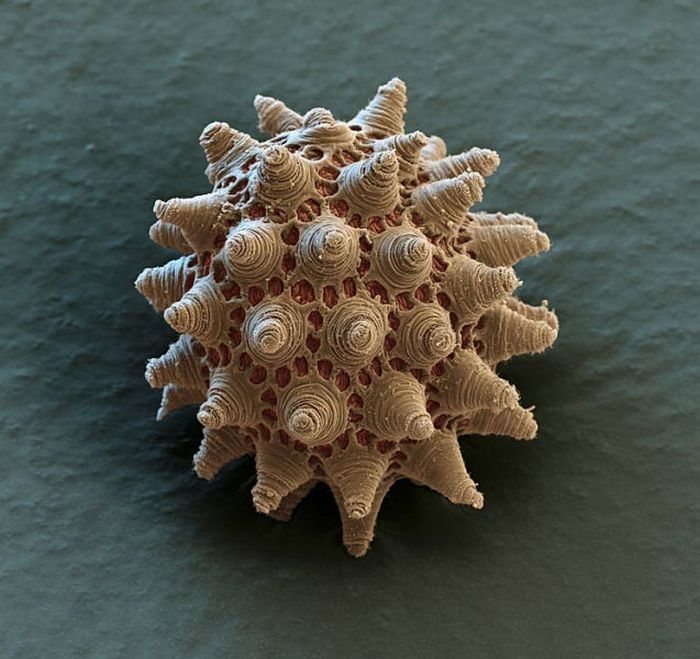|
|
Tardigrades
|
The eggs hatch after no more than fourteen days, with the young already possessing their full complement of adult cells. Growth to the adult size therefore occurs by enlargement of the individual cells (hypertrophy), rather than by cell division. Tardigrades live for three to thirty months, and may moult up to twelve times.
Most tardigrades are phytophagous (plant eaters) or bacteriophagous (bacteria eaters), but some are predatory (e.g., Milnesium tardigradum).
Tardigrades are polyextremophiles; scientists have reported their existence in hot springs, on top of the Himalayas, under layers of solid ice and in ocean sediments. Many species can be found in a milder environment like lakes, ponds and meadows, while others can be found in stone walls and roofs. Tardigrades are most common in moist environments, but can stay active wherever they can retain at least some moisture.
|
|









